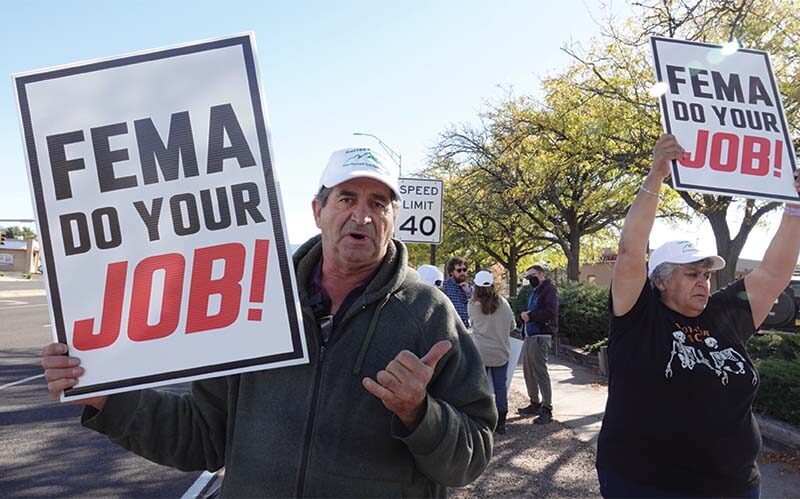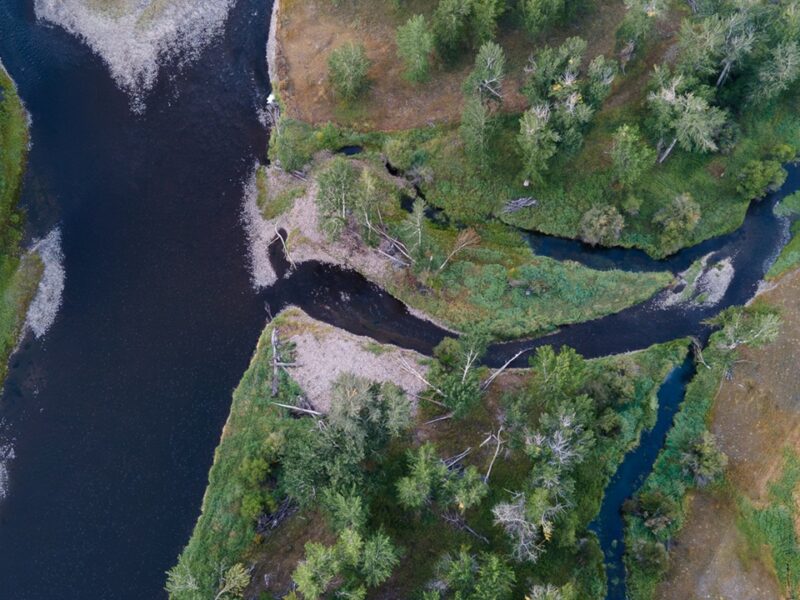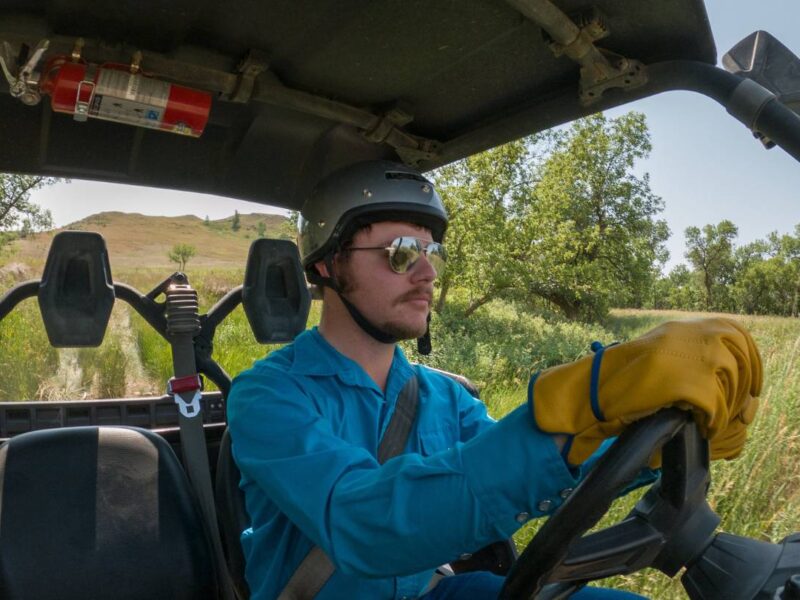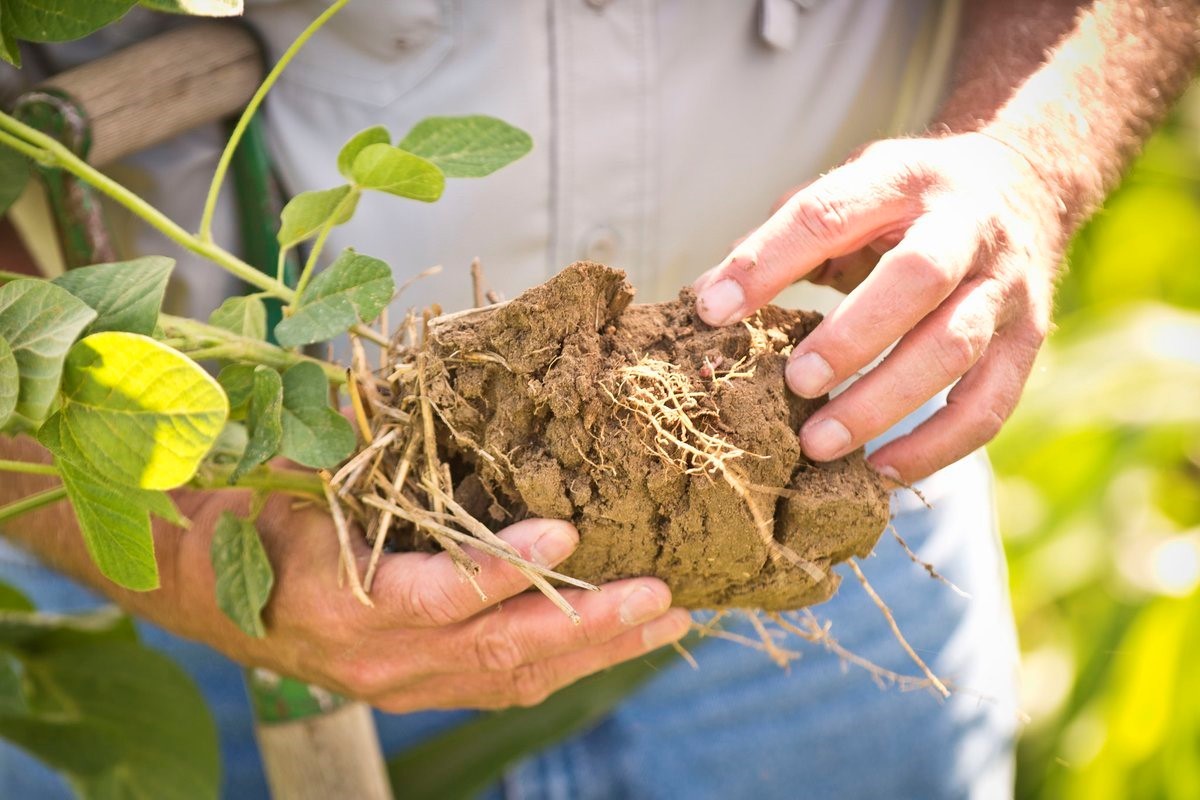
NRCS and the 2018 Farm Bill: What’s New
When a new farm bill comes out, there is often a sinking feeling that it’s going to be a lot to swallow and maybe not all of it will be great tasting. Are the programs we’ve come to rely on going to be available? And if so, what will be different about them, if anything?
As a former programs specialist for the Natural Resources Conservation Service (NRCS), I know conservation-related programs pertaining to NRCS, and am here to share some good news and a ‘Cliffs Notes’ version of some of the most important changes to key programs.
Good news first
The 2018 Farm Bill strengthens and expands support to producers who address significant natural resource concerns through adoption of conservation practices and activities. It ensures that voluntary conservation programs balance farm or ranch productivity with conservation benefits, so the most fertile and productive lands remain in production while land retired for conservation purposes favors more environmentally sensitive acres. It supports conservation programs that ensure cost-effective financial assistance for improved soil health, water and air quality, and other natural resource benefits. And it encourages entry into farming and ranching through increased access to land and capital for young, beginning, veteran, and underrepresented farmers.
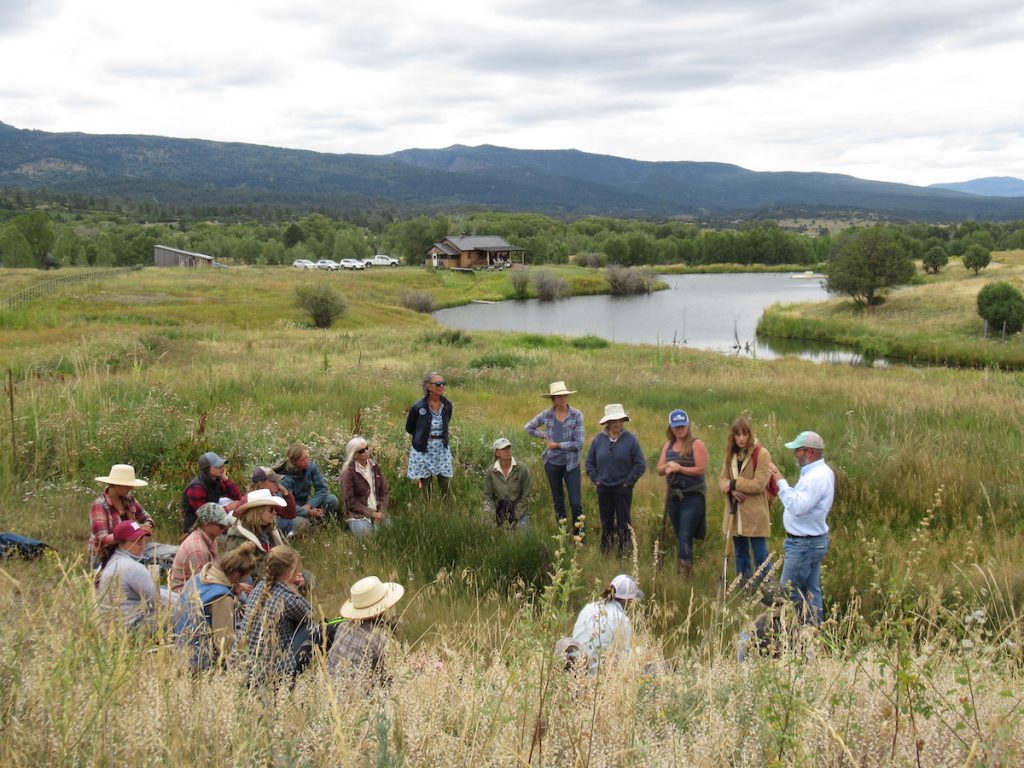
Important changes to key programs for stewardship are described in the sections below.
The Environmental Quality Incentives Program (EQIP)
- Adds potential resource concerns related to beneficial cost-effective operation changes.
- Raises the cap for organic producers to $140,000 over six years.
- Offers a new enrollment option through incentive contracts to address priority resource concerns.
- Requires that the advance payment option be offered to historically underserved producers.
- Authorizes direct program assistance to irrigation districts, including acequias and other entities, for purposes of improving water-use efficiencies.
The Conservation Stewardship Program (CSP)
- Increases payment rates for adoption of cover crop rotations and advanced grazing management activities.
- Authorizes contract extensions to facilitate renewal under new program authority.
- Transforms funding mechanism for program contracts, authorizing specified annual funding levels.
- Provides specific support for organic and transitioning-to-organic production activities.
- Includes special grassland conservation initiative for certain producers who have maintained cropland base acres.
The Agricultural Conservation Easement Program (ACEP)
- Authorizes assistance to partners who pursue ‘Buy-Protect-Sell’ transactions.
- Requires a conservation plan for highly erodible land that will be protected by an agricultural land easement.
- Increases flexibility for partners to meet cost-share matching requirements.
- Identifies water quality as a program purpose for enrollment of wetland reserve easements.
- Expands wetland types eligible for restoration and management under wetland reserve easements.
The Regional Conservation Partnership Program (RCPP)
- Simplifies funding authorities for program implementation.
- Authorizes Regional Conservation Partnership Program contracts rather than requiring enrollment through other program authorities.
- Expands flexibility for alternative funding arrangements with partners.
- Expands availability of watershed program authorities to projects outside critical conservation areas.
See? Not so scary after all. If you would like more information about changes to other programs outside of NRCS, the following link provides a good summary: https://www.farmers.gov/manage/farmbill. For additional information on the various ways NRCS can assist you in your operation visit: https://www.nrcs.usda.gov/wps/portal/nrcs/site/national/home/.
About the Author
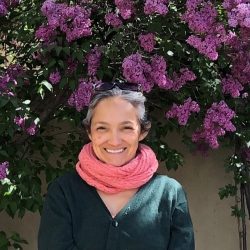
Cathy O’Neill has worked for the Natural Resource Conservation Service (NRCS) for 25 years, 18 of them in the San Luis Valley of Colorado, two of them as a Resource Soil Scientist. Prior to that she was a conservationist and programs specialist. She studied Soil Science at New Mexico State University. She has four kids, a cat, a dog, and an outstanding soil scientist husband named Patrick.


